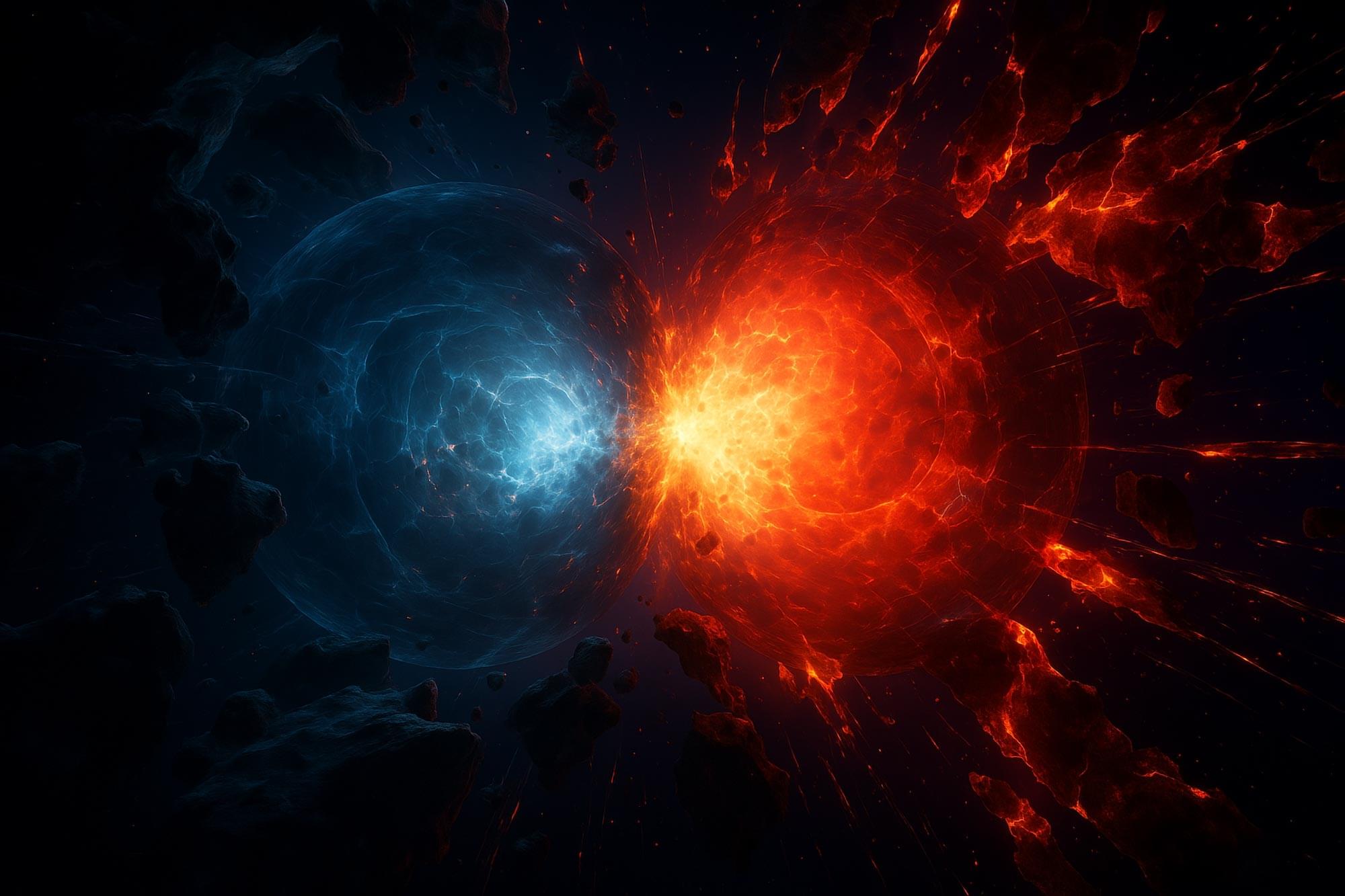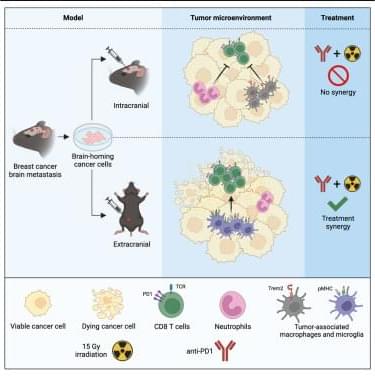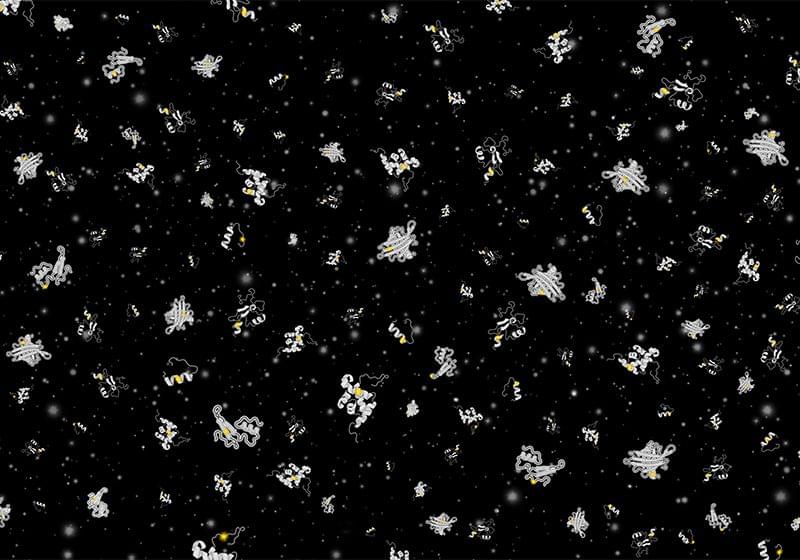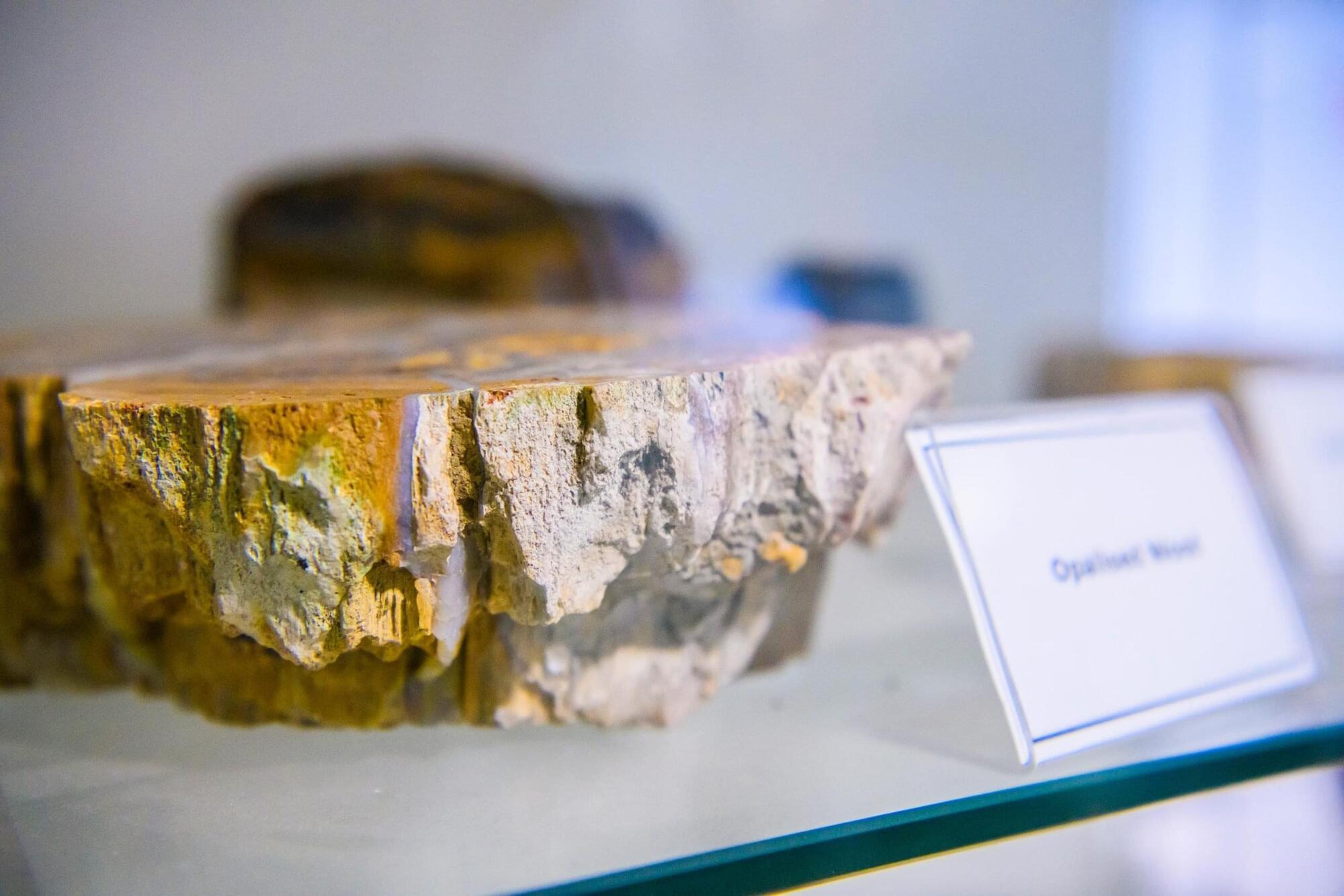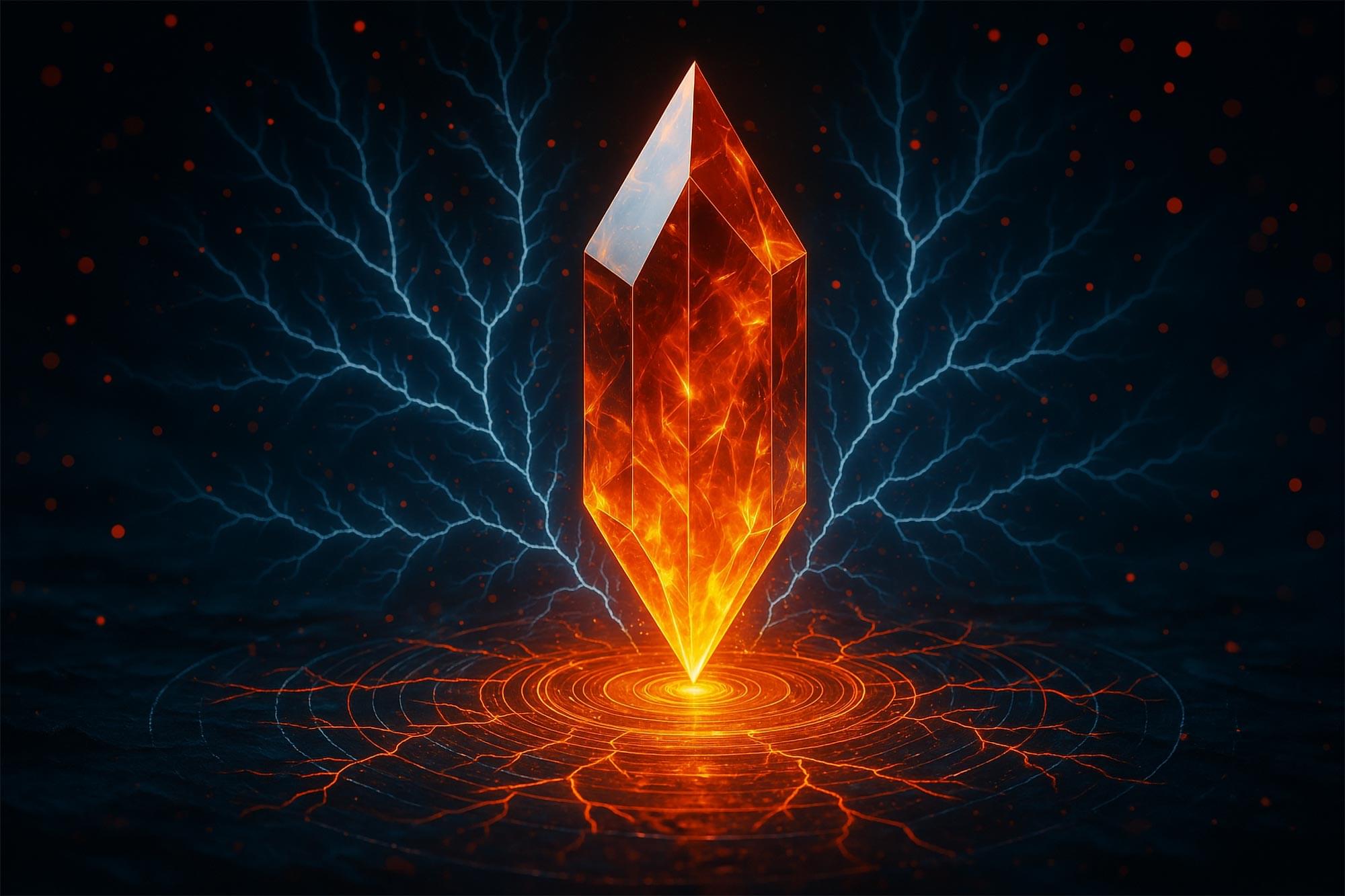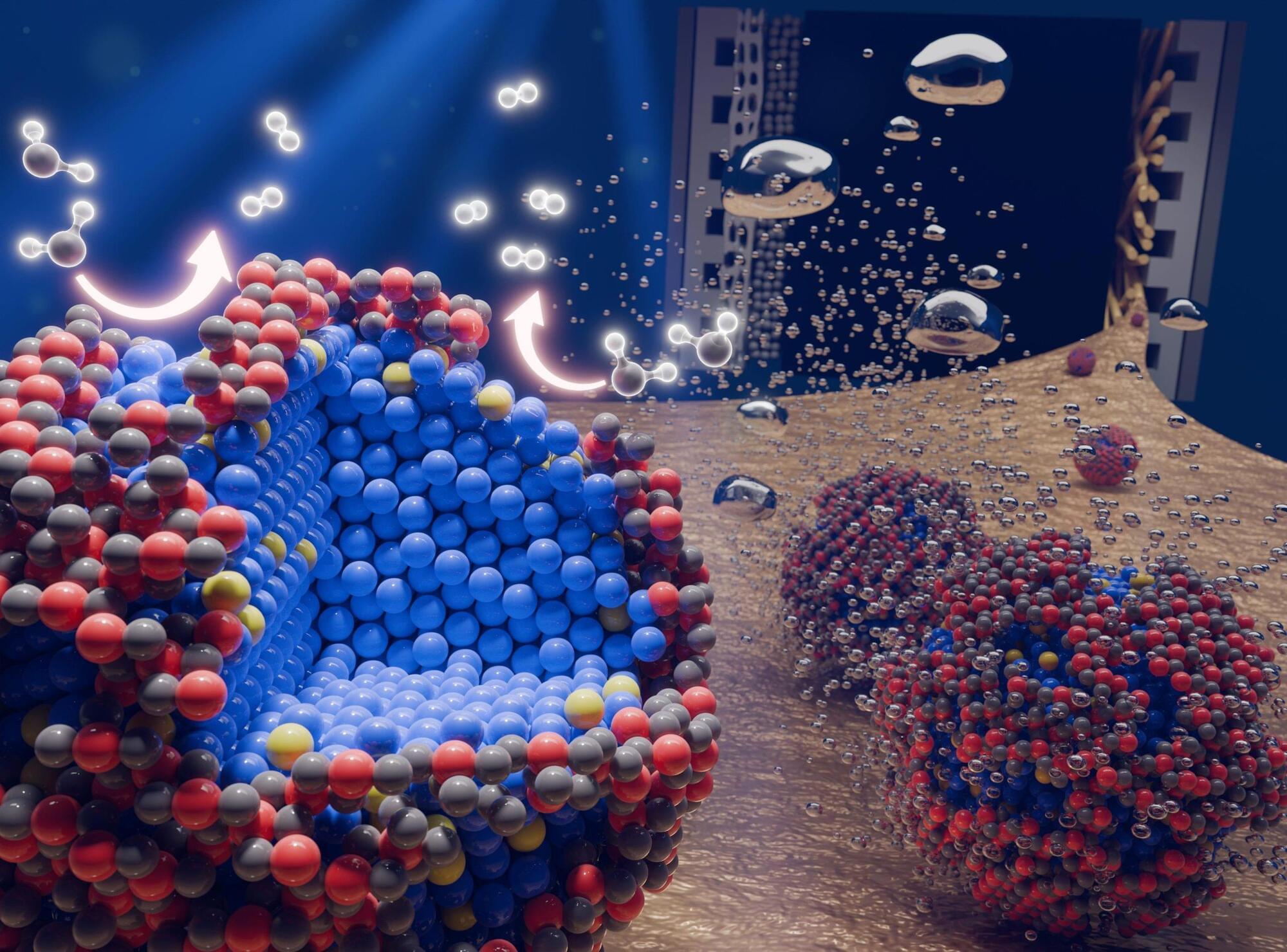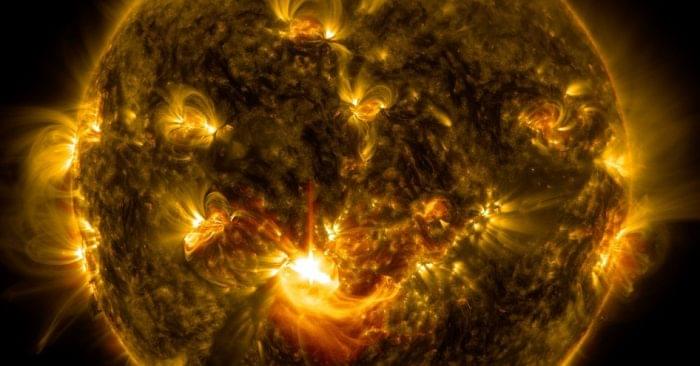Scientists at CERN have made a groundbreaking discovery that deepens our understanding of why the Universe is made of matter and not antimatter. By analyzing an enormous trove of data from the LHC, researchers observed a subtle but significant asymmetry in the behavior of a particle called the be
The local microenvironment suppresses the synergy between irradiation and anti-PD1 therapy in breast-to-brain metastasis
Posted in biotech/medical, genetics, neuroscience | Leave a Comment on The local microenvironment suppresses the synergy between irradiation and anti-PD1 therapy in breast-to-brain metastasis
Wischnewski et al. demonstrate suppressed CD8+ T cell cytotoxicity in breast cancer brain metastases, contrasting with genetically identical extracranial tumors. Neutrophils and Trem2+ macrophages drive this suppression, limiting the efficacy of combined irradiation and anti-PD1 therapy, highlighting potential therapeutic targets for brain metastases.
The Human Domainome 1—the largest library of human protein variants—reveals the cause of certain genetic disorders, paving the way for personalized medicines.
Dr. Martin Brenner, DVM, Ph.D. is Chief Executive Officer and Chief Scientific Officer of iBio ( https://ibioinc.com/team/martin-brenner-dvm-ph-d/ ), a biote…
New research suggests that Earth’s first crust, formed over 4.5 billion years ago, already carried the chemical traits we associate with modern continents. This means the telltale fingerprints of continental crust didn’t need plate tectonics to form, turning a long-standing theory on its head.
Using simulations of early Earth conditions, scientists found that the intense heat and molten environment of the planet’s infancy created these signatures naturally. The finding shakes up how we understand Earth’s evolution and could even influence how we think about crust formation on other planets.
A surprising shift in earth’s history.
A team of physicists has made groundbreaking observations in a semiconductor-based time crystal by periodically driving it with light. As the frequency was altered, the system transitioned from perfect synchronization to complex chaos, forming structures known as the Farey tree and the devil’s st
Designed a “core-shell structure catalyst” using cost-effective ruthenium to improve its potential for commercialization. Selected as a cover paper in the prestigious catalysis journal Energy & Environmental Science. Seoul National University’s College of Engineering has announced a significa
UNSW researchers interrogated the ‘sounds’ of a cluster of stars within the Milky Way, uncovering a new technique for astrophysicists to probe the universe and learn more about its evolution.
The SpotBugs maintainer has since confirmed that the PAT that was used as a secret in the workflow was the same access token that was later used to invite “jurkaofavak” to the “spotbugs/spotbugs” repository. The maintainer has also rotated all of their tokens and PATs to revoke and prevent further access by the attackers.
One major unknown in all this is the three-month gap between when the attackers leaked the SpotBugs maintainer’s PAT and when they abused it. It’s suspected that the attackers were keeping an eye out on the projects that were dependent on “tj-actions/changed-files” and waited to strike a high-value target like Coinbase.
“Having invested months of effort and after achieving so much, why did the attackers print the secrets to logs, and in doing so, also reveal their attack?,” Unit 42 researchers pondered.
